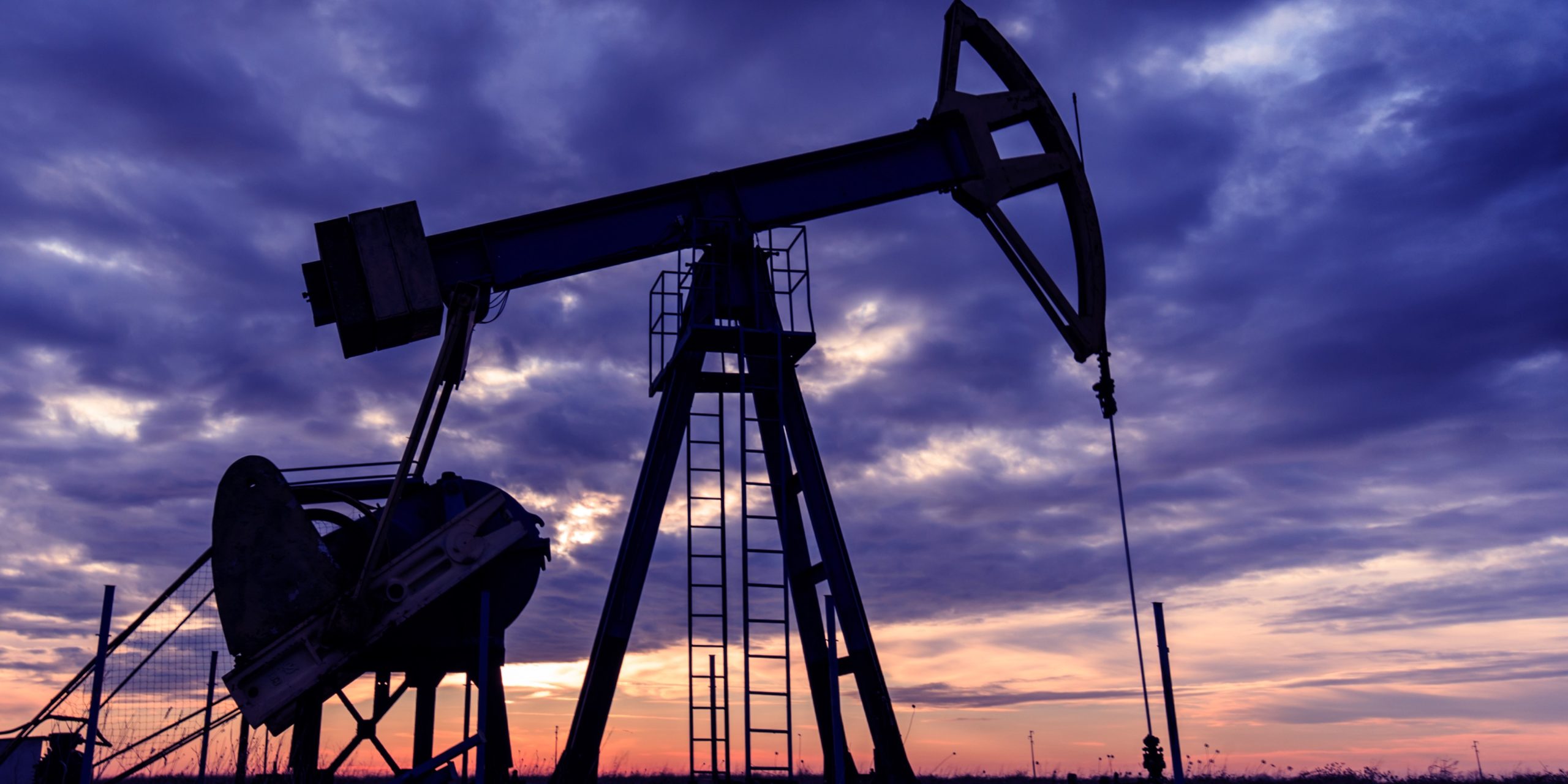Slashing methane emissions in the oil and gas industry is one of the best and most urgent areas of climate action, according to a new report from the International Energy Agency (IEA).
The agency said that 75 percent of methane emissions from the sector can be eliminated with readily available technologies.
Methane is an extremely powerful greenhouse gas – more than 80 times more potent than carbon dioxide over a 20-year period. Methane is also responsible for 30 percent of the global rise in temperatures to date, the IEA said.
A third of global methane emissions comes from the oil and gas industry. Methane is released in planned venting events, but it also leaks from well heads, compressor stations, pipelines, storage tanks, and even in infrastructure closer to end-consumers.
The IEA estimates that 70 percent of methane emissions from the sector could be captured using available technologies, and 45 percent at no net cost.
Cutting methane is the lowest hanging fruit for climate action precisely because it is so potent and because it does not live long in the atmosphere. If methane emissions are cut roughly in half by 2030, it could head off somewhere around 0.3-degree-Celsius temperature rise by the 2040s. The mission to slash methane pollution is all the more vital because the emissions are the result of waste (i.e. venting or leaking), and not the result of productive use.
Importantly, the IEA said it is not sufficient to wait for demand-side policies to reduce consumption of fossil fuels. Instead, the cuts need to happen immediately from the oil and gas sector. The agency called for a combination of government policies and regulations, industry-led reductions, and improvements in data collection and transparency.
“We need substantial, economy-wide methane reductions this decade for us to stand a chance of avoiding the worst climate tipping points,” said Jonathan Banks, international director of super pollutants at Clean Air Task Force (CATF).
For more information visit www.iea.org













